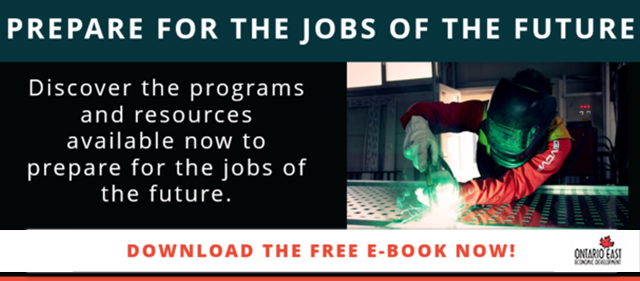What if you could simulate what your future career would look like before you made plans for education and training? You might find that the career you are planning for isn’t what you thought it was. Or you might find that it’s even more interesting and exciting than you anticipated.
There’s a new system called CareerLabsVR, which can help you to explore future careers, today. You can visualize what your day-to-day job would look like in an immersive virtual reality experience. You could also answer the question: Is this really what I want to do with my life?How Virtual Reality Can Help You Make the Right Career Choice
It’s easy to make career decisions based on what you think a certain job entails. For example, being an engineer sounds like a fascinating and challenging profession, where you can create new products, invent robots and machines, and solve complex problems. All of that is true, but what you might not know is that most engineers spend 90% of their day in front of a computer, coding, designing, and communicating with teams via email.
If you are considering a career in engineering, specifically in the manufacturing industry, where plenty of job opportunities are available, you might have imagined working on the machinery with your own hands. You might have thought that you’d be testing the equipment yourself, and building new things, rather than sitting at a desk all day. If you had the chance to view what your job would be like using virtual reality, you might find a better career path for your specific interests and strengths.
If you actually love to tinker with things, build robots, and work with your hands, a career as an industrial millwright or a welder might be much more in line with your interests. Being able to explore all these options using virtual reality now, before you decide on your career path, is a huge benefit. You can learn more about the career you want to pursue, and you can tailor your education and training to suit.
Where You Might See Virtual Reality in the Future
In addition to showing you exactly what your future career would look like, virtual reality will likely expand into workplaces, high schools, and post-secondary education as a training tool. One of the ways to learn a concept or procedure is by actually visualizing it and seeing it unfold in front of you. So instead of just seeing the tasks you’d perform at your future job, virtual reality will likely develop to also show you how to do your work.
One of the goals of CareerLabsVR is to create what they call an employment training stream based in virtual reality to facilitate skills development anywhere. Think of all the benefits that this type of learning would have for you and your colleagues in the future:
- You could learn from anywhere in the world, opening up more options for remote degree and diploma programs, which would also save you money on student loans and tuition.
- Schools wouldn’t need to invest in equipment, because they could simply invest in virtual reality to show you how to use the equipment in your future profession. Many more doors to advanced training are opened up this way.
- By physically seeing things unfold in front of you, you can understand them more easily than, say, only reading about them in a textbook or hearing about them in a lecture. Now, you can learn from all methods of information delivery.
Plan for the Career That Is Best for You
When you have access to tools, like virtual reality, that inform your career planning, you are able to make more well-informed decisions. You can rest easy knowing that you’ve done your research, and found the career that best suits you, as an individual.
To help you take the next steps and plan for the training and education that your future career requires, there are many resources available. And if a career in manufacturing sounds exciting to you, and you’ve enjoyed seeing manufacturing’s high-tech tools in a virtual reality experience, we’ve compiled many options to get you ready for the workforce.
External links are provided as informational resources only and are not necessarily endorsed by Ontario East.
.png)



